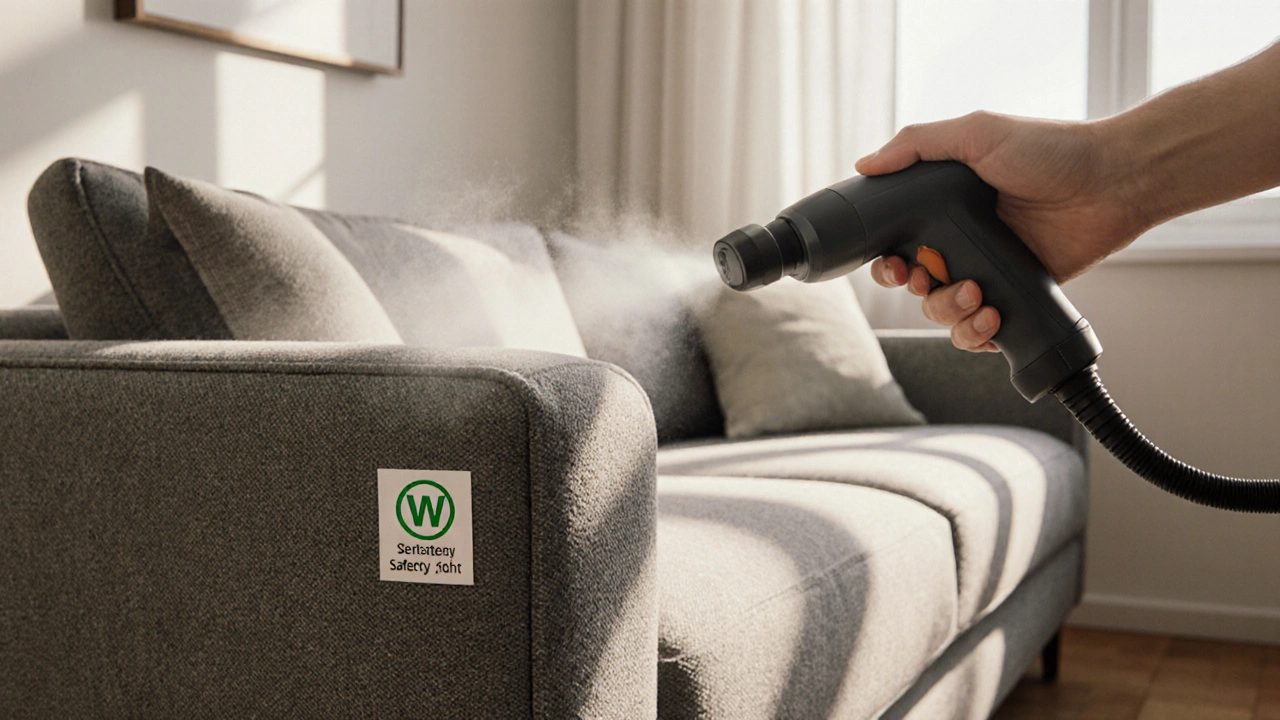Steam Cleaner Safety
When dealing with steam cleaner safety, the practice of using steam cleaners safely to avoid burns, inhalation injuries, and property damage. Also known as steam cleaning safety, it sets the rules you need to follow.
At the heart of steam cleaner safety is the device itself. steam cleaners, appliances that heat water to produce high‑temperature vapor for cleaning can tackle grime on tiles, carpets, and upholstery, but the heat they generate is a double‑edged sword. Understanding heat hazards is the first step; temperatures often exceed 100 °C, enough to cause serious burns if the steam hits skin or eyes.
Key Safety Practices
Proper protective gear, gloves, goggles, and aprons designed to guard against heat and steam is non‑negotiable. Wear heat‑resistant gloves to keep palms away from the nozzle, and goggles to shield eyes from sudden bursts. An apron or long‑sleeve shirt stops steam from splashing onto bare skin. These items create a barrier that directly influences steam cleaner safety, reducing the risk of accidental contact.
Another critical factor is ventilation. Steam releases moisture into the air, which can condense on surfaces and promote mold if rooms stay damp. Open windows or run an extractor fan while you work. Good airflow not only speeds drying but also lowers the chance of inhaling hot vapor, a common cause of respiratory irritation.
Before you plug in a steam cleaner, read the manufacturer’s manual. Each model may have unique pressure settings, heat‑up times, and recommended surfaces. Using a device on a surface it isn’t designed for can damage finishes or cause the steam to pool, creating slip hazards. Matching the right tool to the right job is a simple habit that pays off in safety and effectiveness.
When moving the machine, keep the cord clear of traffic paths. Tripping over a stray cable can lead to falls, especially if you’re already hunched over a wet floor. If possible, use a cord reel or short extension rated for the appliance’s power draw. This small step helps keep the workspace tidy and reduces accidents.
Finally, store the steam cleaner properly after each use. Allow it to cool completely, then empty any remaining water to prevent bacterial growth. Clean the nozzle and attachments to avoid clogs that could cause unexpected steam bursts. Regular maintenance extends the life of the equipment and keeps safety features working as intended.
By following these guidelines—using protective gear, ensuring ventilation, respecting manufacturer instructions, managing cords, and maintaining your device—you create a safe environment for effective cleaning. Below you’ll find a curated selection of articles that dive deeper into each of these topics, from detailed gear reviews to step‑by‑step safety checklists, giving you all the tools you need to clean with confidence.

Can You Safely Steam Clean a Couch? Complete Guide
Learn if you can safely steam clean a couch, how to test fabrics, step‑by‑step instructions, common pitfalls and maintenance tips for fresh upholstery.
Read More